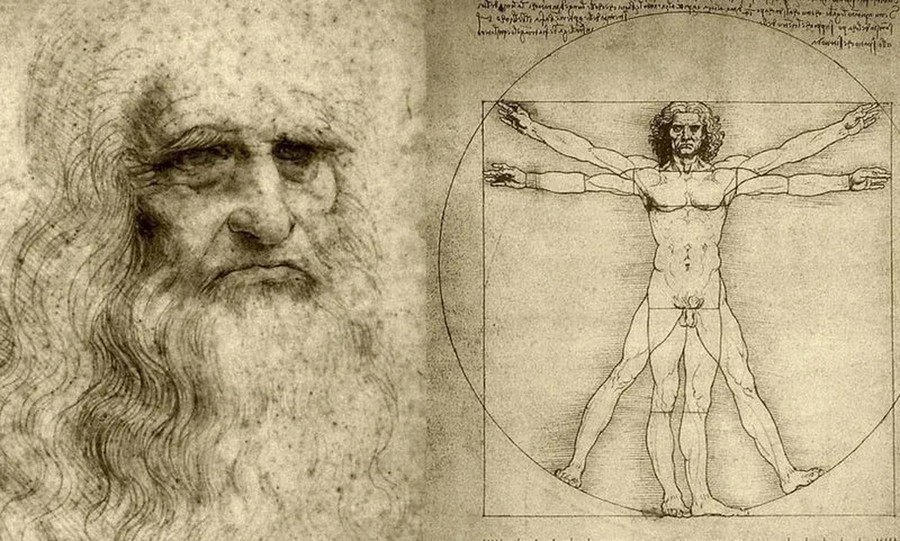Researchers have uncovered new details about the origin of King Tut's iron dagger forged from a meteorite.
Most iron objects from this era are heavily corroded, but the dry conditions in Tutankhamun’s tomb kept the dagger rust-free. Credit: Daniela Comelli.
King Tutankhamun, or King Tut for short, became ruler of Ancient Egypt more than 3,300 years ago when he was just nine years old. He died just a decade later, ending a rather unmemorable rule. In fact, the only remarkable thing about the Boy King is his death itself — specifically his burial. After years of excavation, British archaeologists found King Tut’s tomb in 1922, and nothing could have prepared them for the “wonderful things” they found there.
Tutankhamun’s tomb had been filled with precious objects to aid the Pharaoh on his journey into the afterlife. These included numerous exquisite artifacts such a crook and flail (the fundamental symbols of royal power in Ancient Egypt) made of gold and colored glass, elaborate pieces of jewelry, musical instruments, and even board games. This sensational trove of artifacts instantly turned King Tut into the most famous pharaoh on the planet.
Among these unprecedented riches, archaeologists also uncovered two beautiful daggers: one made almost entirely of gold, the other from iron with a hilt and sheath made of gold. While the gold blade is fitting for a man of King Tut’s status, the dagger made of iron seems rather perplexing at first glance since this was still the Bronze Age, a time when craftsmen had yet to perfect their metallurgical methods required to work with iron ore’s high melting point (over 1,500° C or 2,700 ° F).
But later investigations performed with modern analytical tools showed that the iron dagger was actually forged from a meteorite rather than from inaccessible iron ore deposits. This makes sense, considering the historical context. In 2017, Albert Jambon from the Institut de minéralogie, de physique des matériaux et de cosmochimie in France showed that all iron used during the Bronze Age was meteoric. Space artifacts, as it turns out, aren’t as rare as we might think.
In other words, the Boy King’s blade was literally extraterrestrial — the most fitting final parting gift for a royalty who was thought to descend from divinity.
The length of the dagger is ~35.2 cm (~21.8 cm for the blade and ~13.4 cm for the hilt) and that of the sheath is ~22.5 cm.
In 2016, researchers from the Polytechnic University of Milan, in Italy, confirmed Tut’s dagger was truly made of a meteorite, which contained a ratio of nickel and cobalt that matched well with the composition of 11 iron-bearing meteorites analyzed in the same way. However, while this study answered what the original meteorite must have looked like, it didn’t tell us where it came from.
A 70-lb. iron meteorite found in the Arizona desert was bought at an online auction for $237,500. (Image credit: Christie's)
To better understand the origin of King Tut’s dagger, researchers from the Chiba Institute of Technology in Japan conducted a non-invasive chemical analysis of the premised artifact by shining X-rays onto it. The analysis revealed elements like iron, nickel, manganese, and cobalt, with sulfur, chlorine, calcium, and zinc found in greater abundance in the blackened spots on the blade, Gizmodo reported.
A similar elemental composition was reported by previous studies, but this time around the researchers also reported a cross-hatched texture, known as a Widmanstätten pattern, on both sides of the dagger. The Widmanstätten pattern has a chemical structure typical of an octahedrite, the largest and most common group of iron meteorites. Most originate from the Asteroid Belt between Mars and Jupiter.
To investigate if their hunch was correct, the Japanese researchers compared the results of the chemical analysis with the pattern on Shirihagi, a 22-kg octahedrite that was found in Japan in 1890, whose iron was used to forge a number of premium katanas acquired by the Taisho Emperor. Apparently, weapons made from meteorites were in great demand by royalty the world over.
The Widmanstätten pattern also hints at how the meteorite was processed by the ancient Egyptians. The cross-hatched texture, along with the presence of iron sulfide, hints that the dagger was forged at low heat, likely under 950 °C (1,742° F).
Most intriguing, the extraterrestrial dagger wasn’t forged specifically for King Tut or his burial. After some digging around, the Japanese researchers found mentions of an iron dagger in a gold sheath that was gifted to Pharaoh Amenhotep III, Tutankhamun’s grandfather, by the king of Mitanni, an ancient kingdom in the region of Anatolia, with the occasion of the pharaoh’s wedding. Since iron tools were exceedingly rare during the Bronze Age, let alone a dagger meant for a pharaoh, there’s a good chance Tut’s meteorite dagger was passed down to him as a family heirloom.
King Tut’s dagger is now on display at the Egyptian Museum of Cairo.
The findings were reported in the journal Meteoritics and Planetary Science.
Source: zmescience









